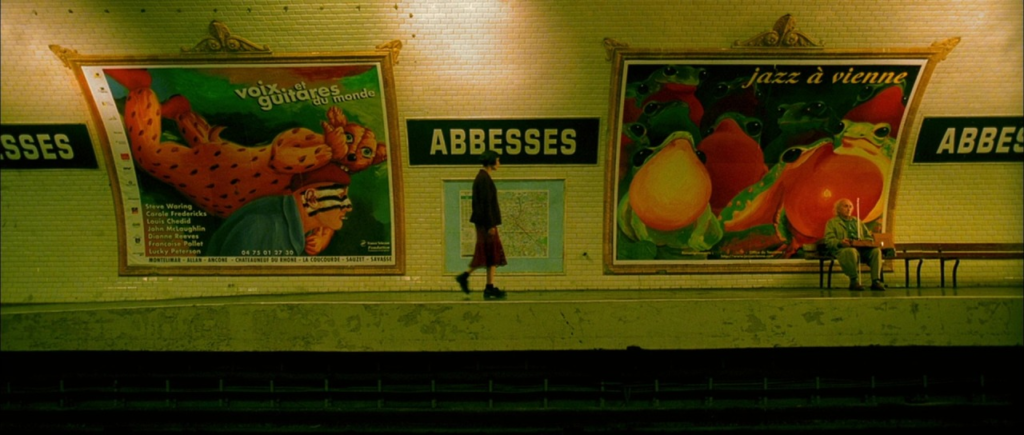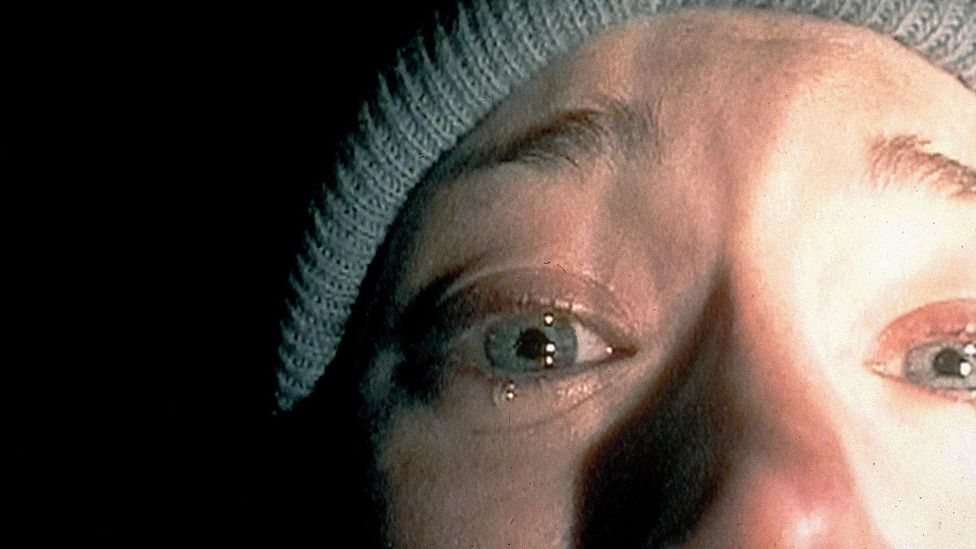Role 3 – Cinematographer. I’d like to do this as I enjoy the process of creating and modifying shots.
Cinematographers operate and direct camera-work in a film, often expanding on a director’s ideas.

An example of a Cinematographer I would like to study and take from is Bruno Delbonnel, who worked on films like Amelie and Darkest Hour. He has a tendency to create moving shots with creative mixes of movement.
Role 2 – Director. I’d like to do this as I believe the role of combining elements of film together will be quite interesting.
A director leads creativity and ‘directs’ the film-making team on creating the film.

An example of a director I would like to study and take from is Wes Anderson, especially his work on Moonrise Kingdom, as it is a very obvious display of creativity and direction.
Role 1 – Sound. I’d like to do this as I enjoy the process of layering sound complex tunes together an immersive experience for the audience.
A sound editor records and chooses which sounds to record, whilst a mixer decides what sounds, where and when they should be used in the production.

An example of a sound Mixer and Editor is the lead of composition of the film ‘Moonlight’ Nicholas Britell. The film uses the music to create powerful scenes and I’d like to see how I can replicate this effect.










